I wanted to share this image of anthias swimming in the Red Sea to usher in the briskness of autumn! As you know it’s my favorite time to beachcomb, but it’s also my favorite time to be surrounded by the brilliant-colored leaves of trees. The reds, yellows, and oranges are as vibrant as a coral reef.
These schooling anthias are interesting because they are born one sex, but then change to another. In fact, all anthias are born female and only change to male if the male in their school dies. Most anthias remain female their entire life. This type of hermaphrodite is known as protogynous (proh-TAH-guh-nus). If it were the other way (beginning their life as male and changing to female) it would be known as protandrous (pro–TAN-dur-us).
The image is from Free Underwater Images, a new favorite resource. This website “promotes increased awareness of the marine environment by allowing users to download free, high quality underwater photos. All images are in the public domain and free for any use without prior written permission and without fee or obligation. Images can be used for any non commercial purpose”.
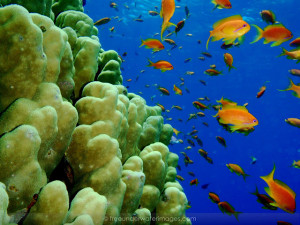
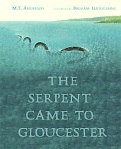



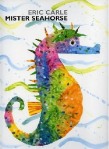














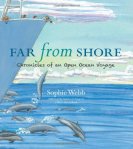



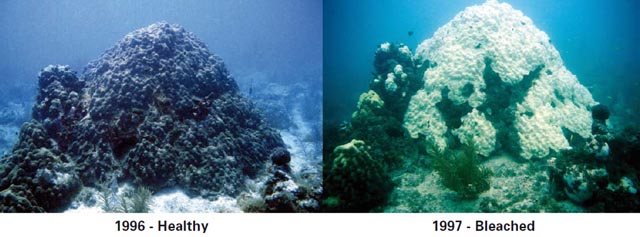







What people are saying …